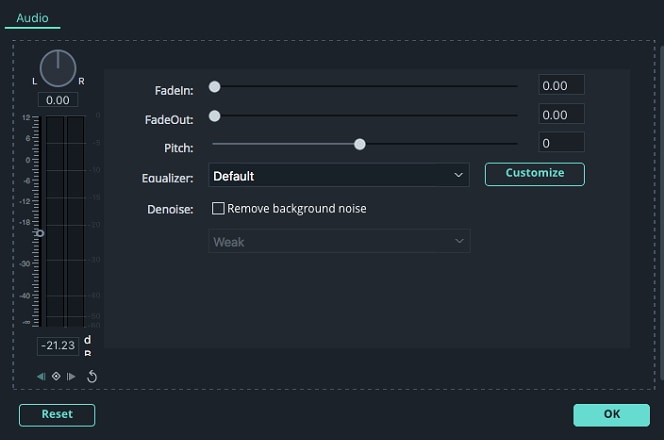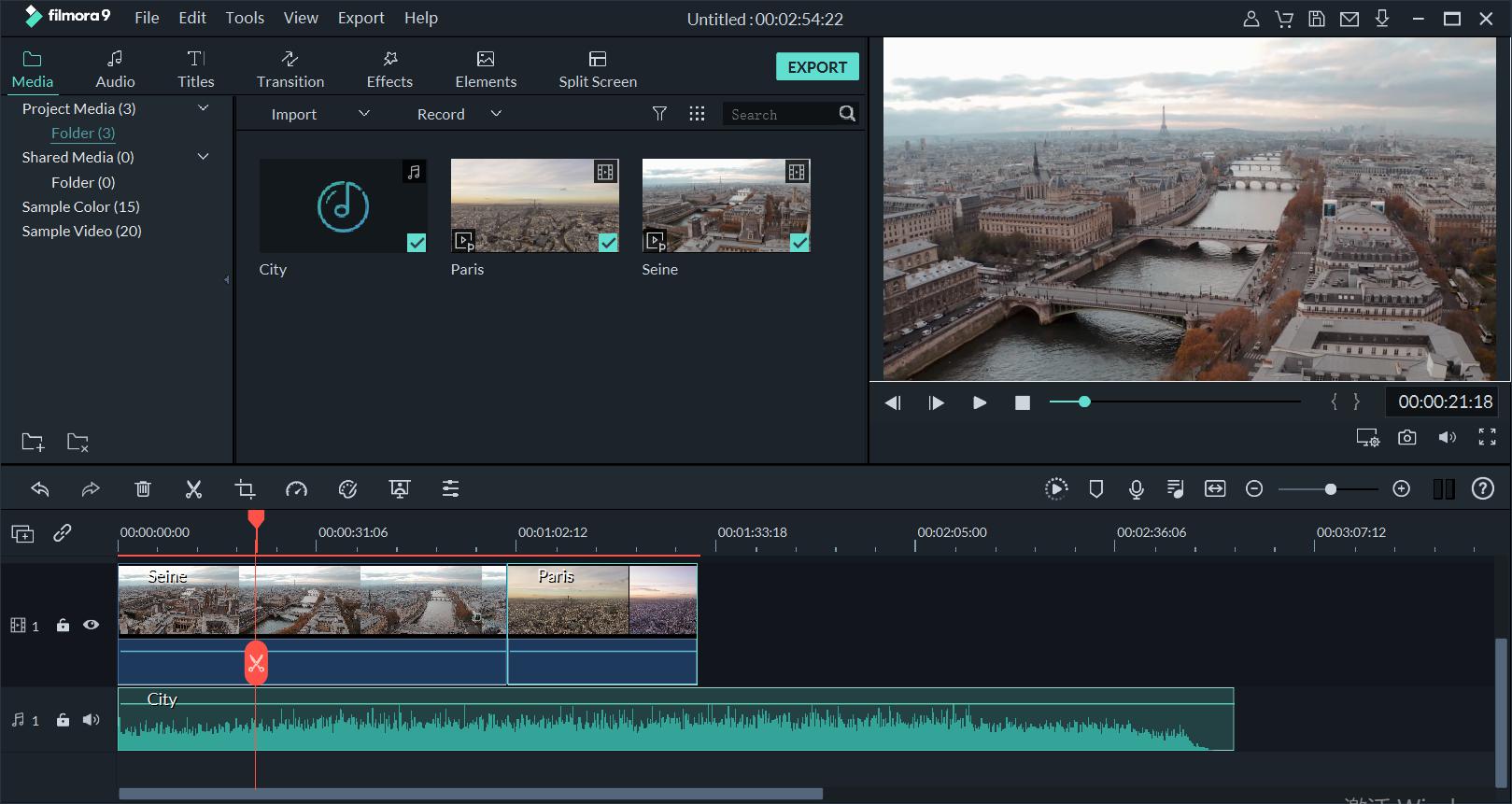
- #OLD VERSION OF IMOVIE NOT LETTING ME FADE MUSIC MOVIE#
- #OLD VERSION OF IMOVIE NOT LETTING ME FADE MUSIC PDF#
Even so, it’s helpful to be able to quickly view all footage containing people when you’re searching through hours of footage-but keep in mind that analysis can take some time and analyzing just for people is faster than for stabilization. It’s important to point out that the new People Finder feature uses face-detection technology, which notices when a human is in the shot, and not face-recognition, which identifies specific people. Click the Swap Events and Projects button in the toolbar, and you’ve got the timeline in its familiar place at the bottom of the screen. Wait, that looks familiar! It’s just like a traditional video editing timeline, the lack of which was one of the main reasons iMovie HD users shunned the new incarnation. Instead of running the project in multiple rows like a paragraph of text, the view maintains one row that scrolls horizontally. One significant change is the new Single-Row View, accessible by clicking a button in the Project browser. The new Side by Side edit lets two clips share a bisected screen.


This is important if you’re synchronizing video with music (like a music video) or an additional audio track. The setting controls how two clips overlap: whether iMovie attempts to keep the visible portion of a clip intact when changing the duration of the transition, or grabs footage from surrounding clips to maintain the project’s overall duration. This version also includes a Transition Overlap control, something that existed in iMovie ’09, but as an option that appeared only when you added or removed transitions for an entire project.

A new Side by Side effect is similar to the Picture-in-Picture option, letting two clips share the screen vertically the clips are cropped automatically, but with some clever adjustment with the Crop tool you can gain some control over what appears in each side. For example, it’s now possible to add footage shot against a blue background and choose Blue Screen to knock out the background previously, Green Screen was the only option, which made green items disappear. IMovie ’11 has a few new editing capabilities. And if you don’t like the effect, choosing Undo once restores the clip to its pre-effect state. These effects are cool and helpful, but here’s the best part: Since the building blocks of each effect are features that already exist in iMovie (you could do them yourself), the edits are left in place to tweak later, if you choose. To do that manually you would make the selection, split the clip, open the Clip inspector, apply the Black and White video effect, close the inspector, and add a Cross Dissolve transition. To make a clip fade to black and white, for example, you select a portion of the clip and choose Clip -> Fade to -> Black and White. Apple has attempted to make common edits easier by introducing One-Step Effects. One of the difficulties of editing video is that it’s time-consuming. It may be a feature, but it’s certainly clunky. If I wanted to write “This Christmas” instead of “This Holiday Season” in the Holiday trailer, deleting the word “Season” or replacing it with a space reverts back to the default, therefore reading “This Christmas Season”. I did run into one behavior that seems like a bug, but isn’t, according to Apple: When editing the title text, it’s not possible to leave a text field blank to delete it.
#OLD VERSION OF IMOVIE NOT LETTING ME FADE MUSIC PDF#
Then, print the shot list (or save it as a PDF that you can take on location on an iPad, iPod, or laptop).
#OLD VERSION OF IMOVIE NOT LETTING ME FADE MUSIC MOVIE#
Or, if you’re planning an upcoming video shoot, create a new Movie Trailer project, click the Shot List tab, and build a list of scenes you need using the animatic placeholders found in the Maps, Backgrounds, and Animatics panel. Deleting text in a Movie Trailer text field doesn’t remove the text from the project. (Be sure to duplicate the trailer project first, or you’ll lose it as a trailer.) All the edits that went into the trailer are exposed and can be changed at will.

Or, will users create trailers and then never get around to cutting together a longer movie? Fortunately, the Movie Trailer is a gateway to other features.Īfter building a trailer, it can be converted to a regular project. The big question about trailers is whether people will continue to create them after the novelty wears off.


 0 kommentar(er)
0 kommentar(er)
